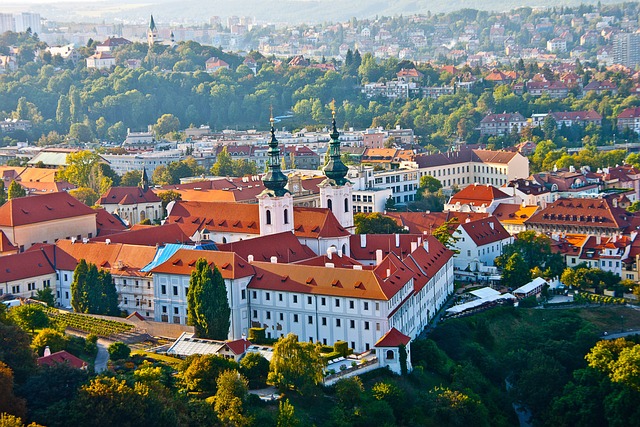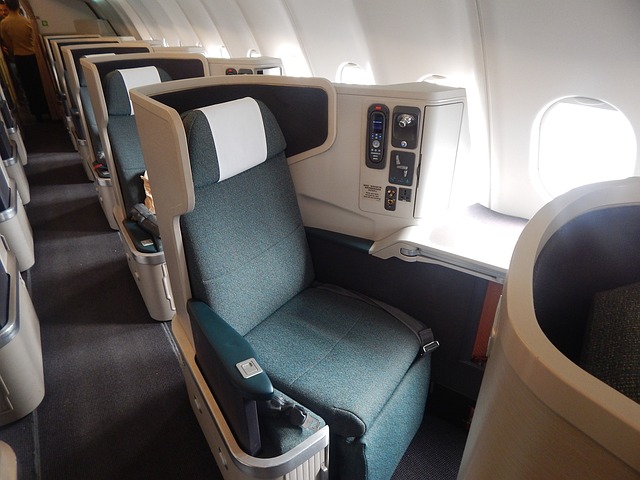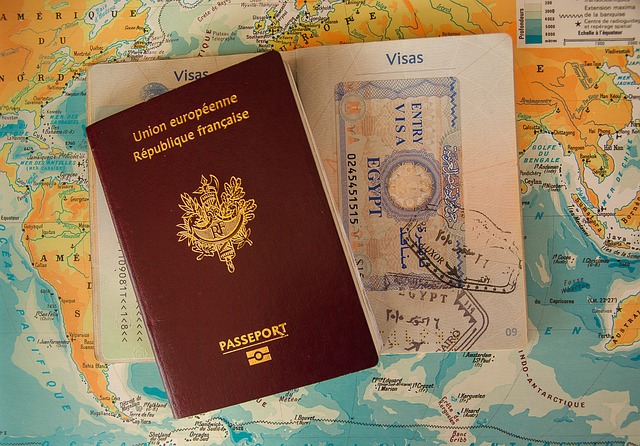The Average Cost of Living in Europe
Europe, a continent rich in culture, history, and diversity, is evidence of the depth of human civilization. Europe offers a patchwork of landscapes that fascinate the mind, from the towering Alps to the serene Mediterranean coasts.
Its cities, home to architectural wonders dating back hundreds of years, are thriving centers of innovation, art, and business. Europe is home to diverse languages, cuisines, and customs that exemplify a well-balanced blend of modern sophistication and old-world charm, drawing millions of tourists each year.
Beyond its breathtaking landscapes and well-known monuments, Europe is a hive of many beliefs, ideals, and aspirations. It is where many cultures come together to influence the future and where the past and present are intertwined.
Europe has been at the forefront of major historical events, from the Renaissance to the Industrial Revolution, making a lasting impression on the earth. Europe remains a model of democracy, tolerance, and progress as it navigates the challenges of the twenty-first century, encouraging future generations to value variety and strive for togetherness in the face of it all.
Numerous factors, including location, lifestyle, and economic conditions, can have a substantial impact on the cost of living in different European countries. Let’s examine the specifics of the average cost of living in Europe and highlight the major factors that influence it.
Housing: The cost of living in Europe is largely attributed to housing costs. Large cities such as London, Paris, and Zurich are well-known for their rental and real estate costs; in contrast, smaller cities and rural regions typically provide more reasonably priced possibilities. A one-bedroom apartment in the city center costs between €800 and €2000 a month, depending on the amenities and location.
Utilities: One major factor in the total cost of living is the cost of utilities, which include garbage, water, heating, and power. Regional tariffs, energy efficiency, and apartment size can all affect these costs. A small apartment typically has monthly utility expenditures between €100 and €250.
Transportation: Europe has a vast public transport network that makes getting across cities and regions easy. This network includes buses, trams, trains, and metros. But the price of transportation might differ between nations and localities.
Some cities may have more expensive public transit systems, but places like Berlin and Madrid provide reasonably priced options. Furthermore, fuel, insurance, and maintenance costs associated with car ownership might raise overall living expenses.
Food and Groceries: In Europe, the price of groceries and food can vary based on several variables, including geography, dietary requirements, and shopping habits. Although eating out can be costly, particularly in popular tourist areas, cooking at home and grocery shopping at cheap or local markets can help control food costs.
Healthcare: Europe’s healthcare systems differ in affordability, quality, and accessibility. People who live in nations like Sweden and the United Kingdom, which have universal healthcare, usually have access to medical treatments for little to no expense.
However, people may have to pay out-of-pocket for medical bills or obtain health insurance in nations with privatized healthcare systems, which can influence living expenses.
Education: For families with children, the cost of education—which includes extracurricular activities, school supplies, and tuition—must be carefully considered. Higher education, especially at famous universities, is expensive, even though primary and secondary schools are frequently free or heavily subsidized in many European nations. Particularly international students might have to pay more for living expenses and tuition.
Leisure and Entertainment: Europe has entertainment options, leisure pursuits, and cultural attractions to fit every preference and price range. While certain events, like going to historical sites and museums, cost a small amount or offer discounts to seniors and students, other events, like concerts and theatrical plays, might be more costly.
In conclusion, many variables affect the average cost of living in Europe, such as housing, utilities, transportation, food, healthcare, education, and recreational activities.
When assessing the general affordability of living in Europe, taking note of individual circumstances, lifestyle preferences, and financial limits is necessary, even if some countries and regions may be more expensive than others. Based on these dynamics, people may decide where to live, work, and travel on this fascinating and varied continent.






